
The Clans
Importance of Place: Indigenous peoples become naturalized to their ancestral places. Over many generations a culture becomes intimately connected to the spirit of a place. Certain birds, plants, trees, animals, reptiles, and waterways become part of the identity of the people. Family clans are inspired by and derived from the territory. The bones of the ancestors rest within the ground, further connecting people to that place – spiritually and ceremonially. Each culture has a different story about this place.
Gathering of the Clans: Through extended-family clans, people maintain an intimate connection to the environment, as your family totem was a creature or feature in that landscape that provided you with insight on how to live in harmony with the land. The various Indigenous cultures associated with Misko-Aki have different sets of clans, often named after animals, birds, trees, and reptiles. Clans also connect people across political boundaries. All the people of the Bear Clan, as an example, are considered relatives, no matter their Indigenous nationality. Certain clans cultivate lands and designate hunting zones, to foster cooperation and sharing.
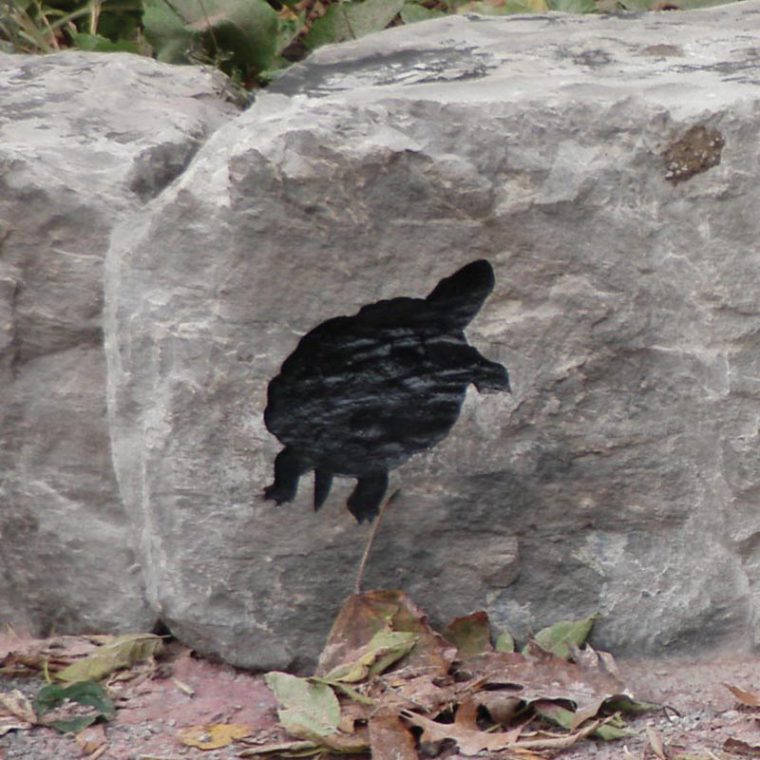
Yändia’wich – Turtle
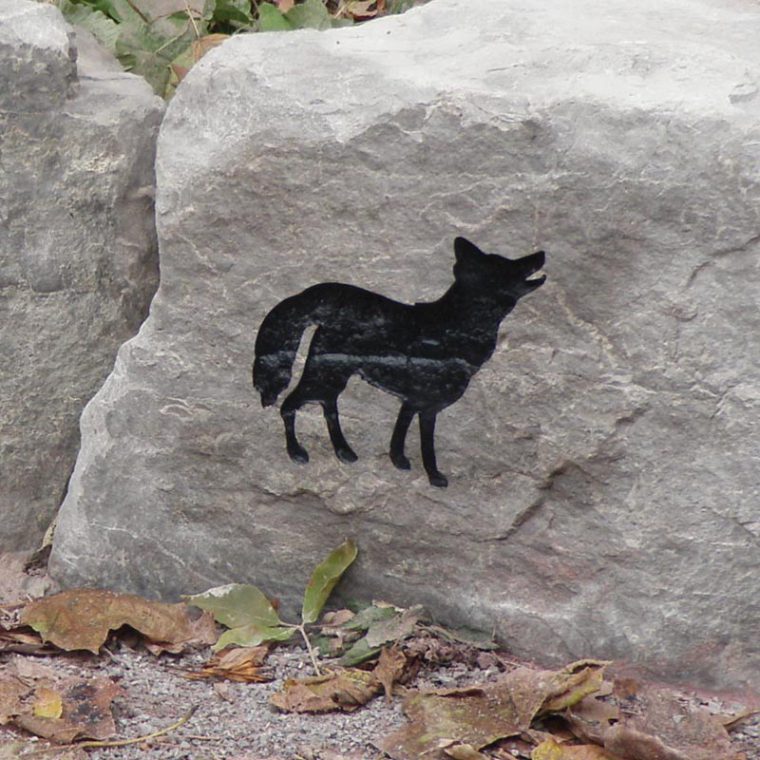
Yänariskwa’ – Wolf
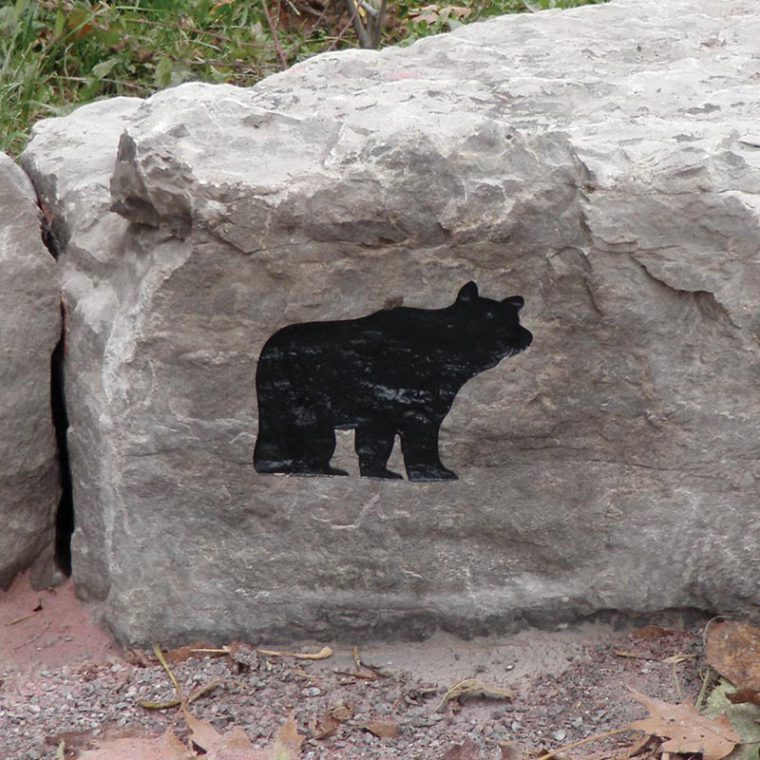
Yänionyen’ – Bear
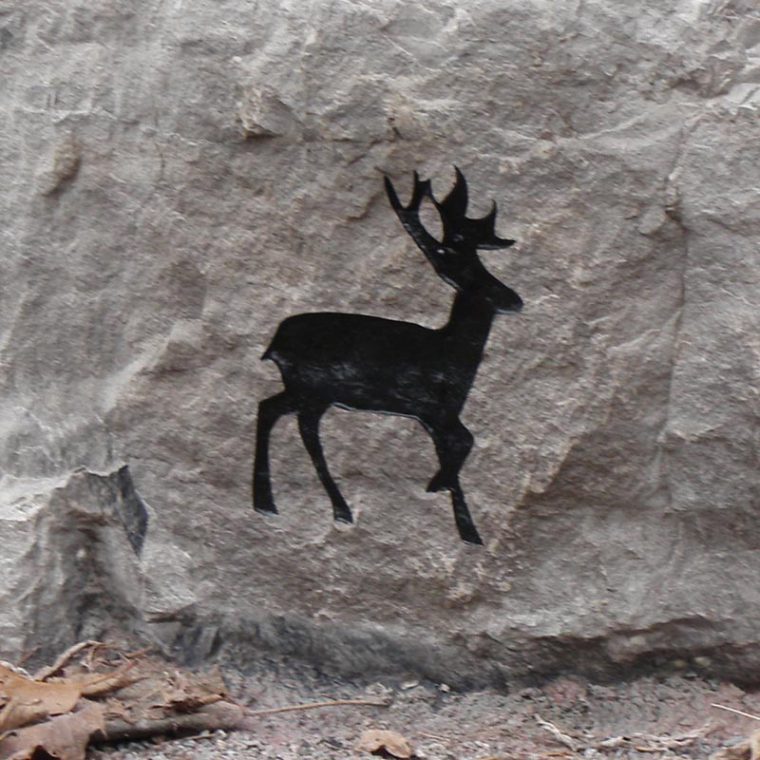
Ohskënonton’ – Deer
Huron-Wendat Clans: Who are you?
In pre-contact times, the Huron-Wendat had eight clans that cut across the nations and territories. Belonging to a clan need not rely on biological descent but claimed a common female ancestor and a shared name or animal symbol. These appear to have played an important role at the village level having been represented by their own clan chief. The eight clans were Turtle, Wolf, Bear, Beaver, Deer, Hawk, Porcupine, and Snake. At Wendake in Quebec today, the Deer, Wolf, Bear, and Turtle clans are represented.
Clan membership, defined by those who claimed a common female ancestor, unified related communities. Chiefs were selected from the principal clans. Clan symbols were known to have been painted on longhouses and were expressed in different ways, such as pipe effigies.
The seven original clan groups
Maang – Loon
Bineshiinh – Bird
Makwa – Bear
Ajijaak – Crane

Gigoonh – Fish
Waawaashkeshi – Deer
Waabizheshi – Marten
Anishinaabek Clans: Shared Responsibility
In the Anishinaabek creation story, as people were lowered to the Earth by the Creator they were given a system of governance based on the seven original clan groups: Crane, Loon, Bear, Fish, Marten, Deer, and Bird. Over time the number of clans has grown and there are more than forty clans total. All clans have responsibilities. If somebody had an idea, they always consulted with others and went back and forth. When everybody agreed, a decision was made.
“The clans, in my language, we call them doodemag which means ‘the ones that are close to our hearts,’ our families. They came to be called clans because when the British came over, they saw that we sat around in circles similar to the Scottish clan system so that’s why they would have called it the clans, but it’s very, very different from the Scottish clan system. That’s why when I talk about them, I will always say our doodemag because that’s what we’re talking about, our families.”
– Myiingan B. Jeff Monague (Anishinaabek, Beausoleil First Nation)

Haudenosaunee Clans: The Mohawk Nation Clans
The Haudenosaunee include six different nations: Mohawk, Oneida, Onondaga, Cayuga, Seneca, and Tuscarora. Each nation has a distinct set of clans. The Mohawk Nation has three clans: Turtle, Bear, and Wolf. Each clan represents a set of families, with leadership titles that are held by Iotiianeshon, or Clan Mothers, who select leaders of the nation.
The Origin of the Clans: One Haudenosaunee clan story tells of when the loss of lives increased and grief and mourning ceremonies occupied the people’s attention. The thanksgiving ceremonies decreased. The elders gathered to discuss what could be done and invited all the people to share ideas. A man from the crowd proposed an idea based on observation of nature, by creating sets of clans to support one another. Clans on each side of the river would relate as sisters, and clans on both sides of the river are related as cousins. This complex social network has allowed for mutual support in difficult times. Today, clans are still linked to Mohawk identity.
Rotiskaréwake – They are bear clan
Rotiniáhton – They are turtle clan
Ronathahión:ni – They are wolf clan
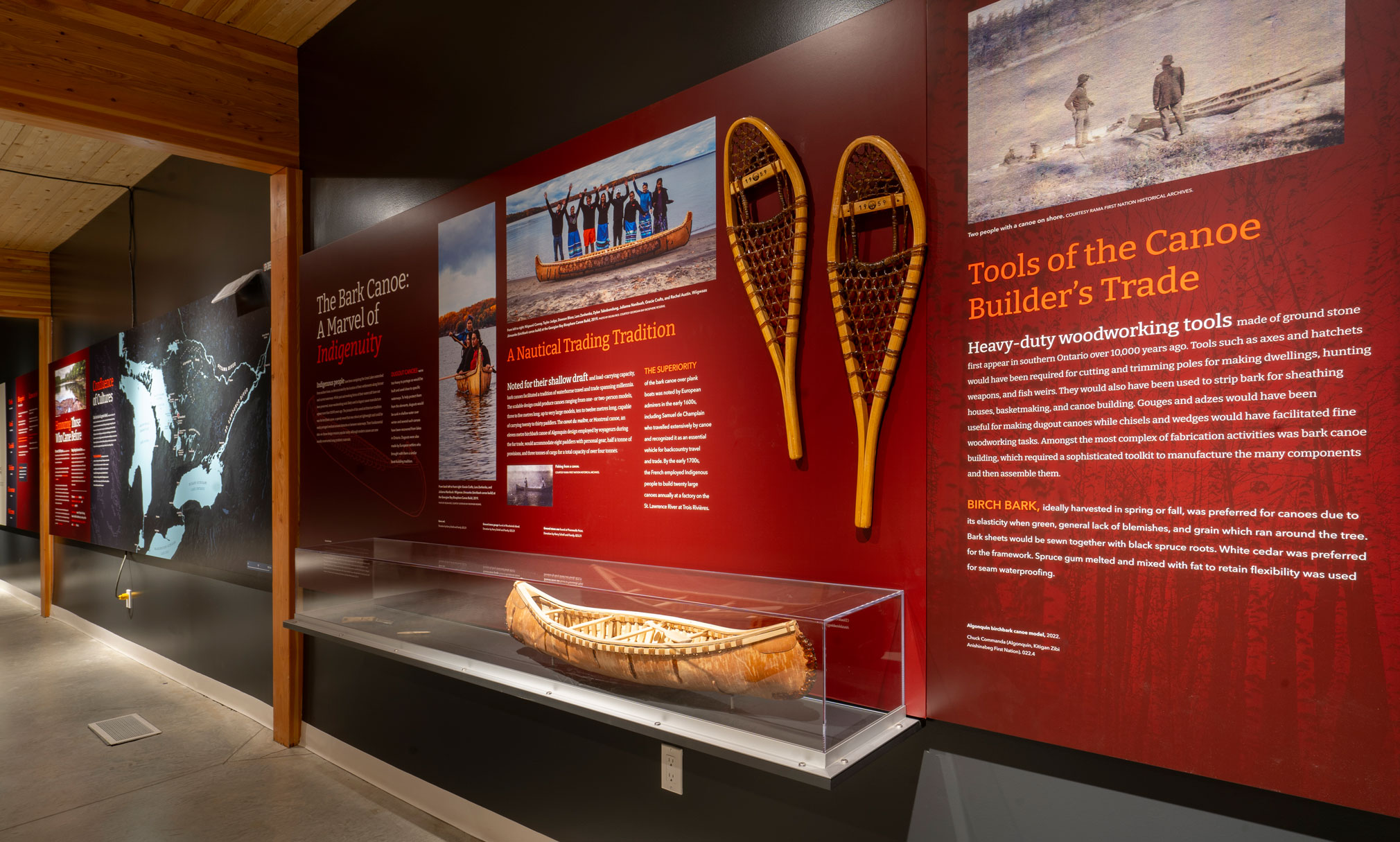
Are You Ready to Experience Misko-Aki in Person?
Visit the Muskoka Discovery Centre to explore Misko-Aki as well as our many other immersive exhibits, programs and activites.
Purchase Tickets